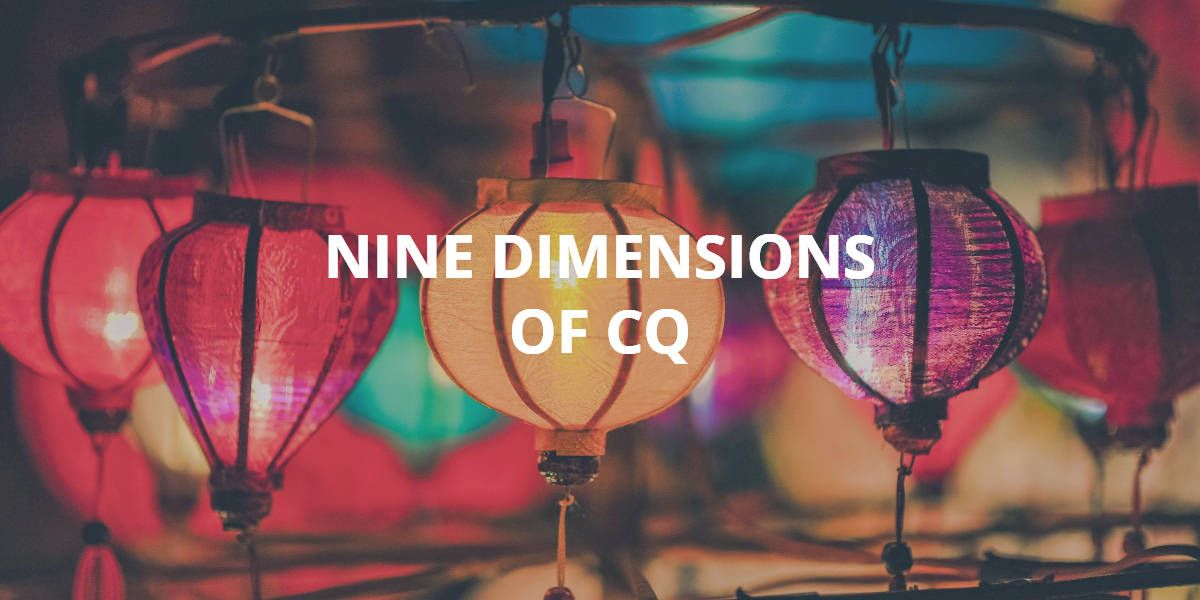Podcast Series: CQ for Global Leaders
July 9, 2019

In this episode of the CQ for Global Leaders Podcast, Tom discusses the nine dimensions of cultural intelligence.
[podcastplayer feed_url=’https://feeds.redcircle.com/44a617bc-f2ca-4b49-9733-ee95966b1be8′ accent_color=’#bf2f38′ apple_sub=”https://podcasts.apple.com/us/podcast/id1061096754″ google_sub=”https://www.google.com/podcasts?feed=aHR0cHM6Ly9mZWVkcy5yZWRjaXJjbGUuY29tLzQ0YTYxN2JjLWYyY2EtNGI0OS05NzMzLWVlOTU5NjZiMWJlOA%3D%3D” spotify_sub=”https://open.spotify.com/show/2MwmA14CQTdjwc5j3qVxHO” number=”0″ hide_loadmore=’true’ filterby=’Nine Dimensions of CQ’]
- Relationship and Task – Some cultures put great emphasis on building relationships before getting the task done while other cultures just focus on getting the task done.
- Harmony and Control – Harmony based cultures believe that as an individual, there are external forces that impact life. They tend to believe in concepts such as feng shui, karma, destiny, the stars, the things beyond us, also called the external locus of control). On the other aspect, cultures who have high control, believe that they are the master of their destiny.
- Shame and Guilt – Shame-based cultures are very much conscious of what other people will think or say. In guilt-oriented cultures, it’s not about other people but yourself. They tend not to focus on what other people will think.
- Group Orientation and Individual Orientation – Group-oriented cultures tend to give up individual needs for the needs of the group while individualistic cultures like to draw attention to themselves in order to get things done.
- Religious and Secular – In religious cultures, religions are very much intertwined with daily living. Secular cultures have work and religion really separate.
- Hierarchy and Equality – Hierarchal cultures value things like titles, age, qualifications, and status. People who grew up in hierarchal cultures believe that society is vertical while Equality based cultures believe that society is horizontal.
- Polychronic and Monochronic – Polychronic cultures believe there is plenty of time so you got to be in the moment. Monochronic cultures are always on time.
- High and Low Context of Communication – High context cultures are much more attuned to understanding what is not being said (non-verbal, visual, indirect communication). Low context cultures tend to focus more on what is being said.
- Femininity and Masculinity – in religious cultures, religions are very much intertwined with daily living. Secular cultures have work and religion really separate.
- Hierarchy and Equality – Feminist cultures tend to rally a lot more cooperation, dialogue, flexible work, work-life balance while masculinist cultures value things like assertiveness and having a point of view.
Today’s Take-away Action
- What are some of your cultural values and where do they sit on the nine dimensions of CQ?
[podcastplayer feed_url=’https://feeds.redcircle.com/44a617bc-f2ca-4b49-9733-ee95966b1be8′ accent_color=’#bf2f38′ apple_sub=”https://podcasts.apple.com/us/podcast/id1061096754″ google_sub=”https://www.google.com/podcasts?feed=aHR0cHM6Ly9mZWVkcy5yZWRjaXJjbGUuY29tLzQ0YTYxN2JjLWYyY2EtNGI0OS05NzMzLWVlOTU5NjZiMWJlOA%3D%3D” spotify_sub=”https://open.spotify.com/show/2MwmA14CQTdjwc5j3qVxHO” number=”0″ hide_loadmore=’true’ filterby=’Nine Dimensions of CQ’]



